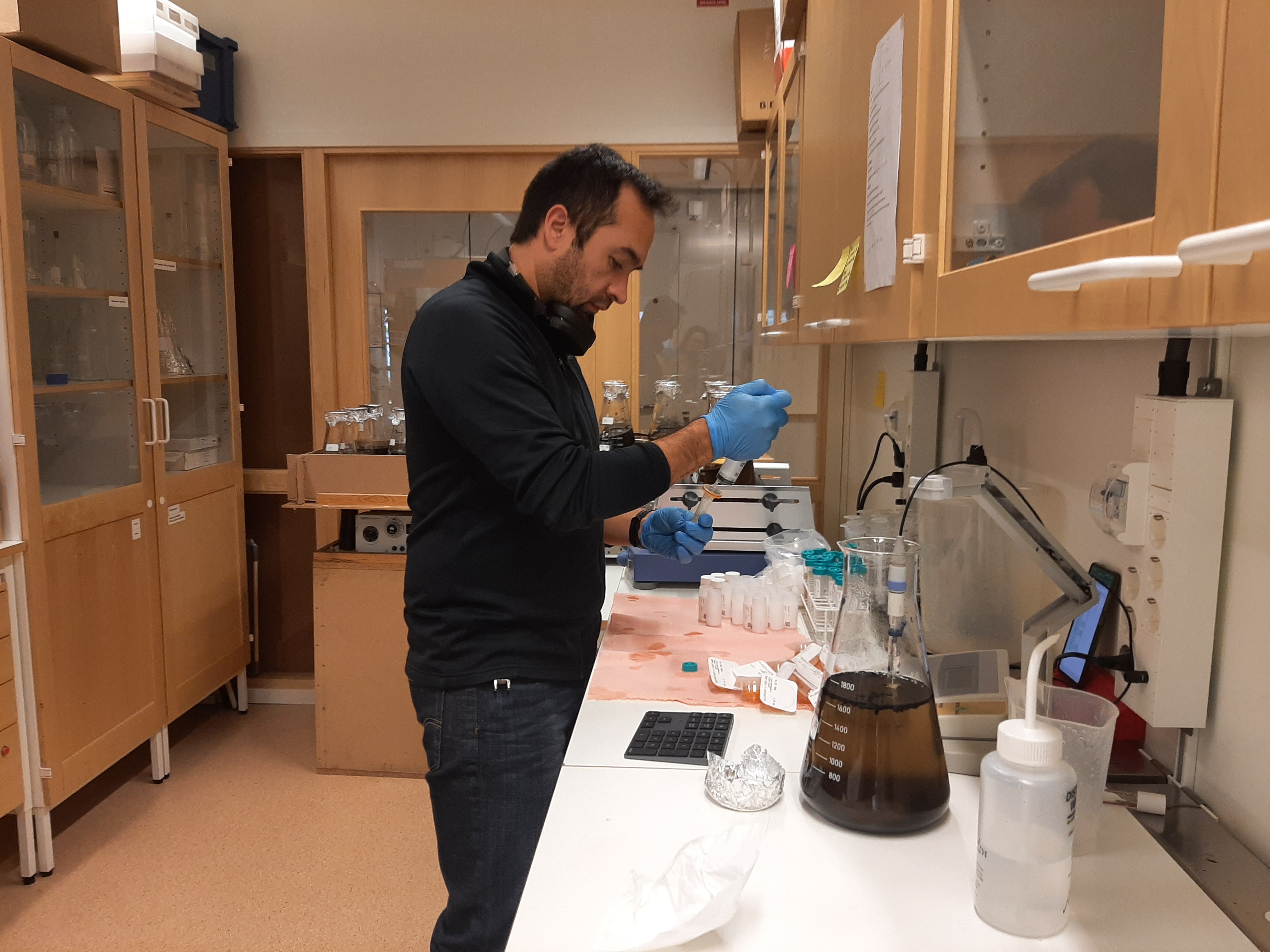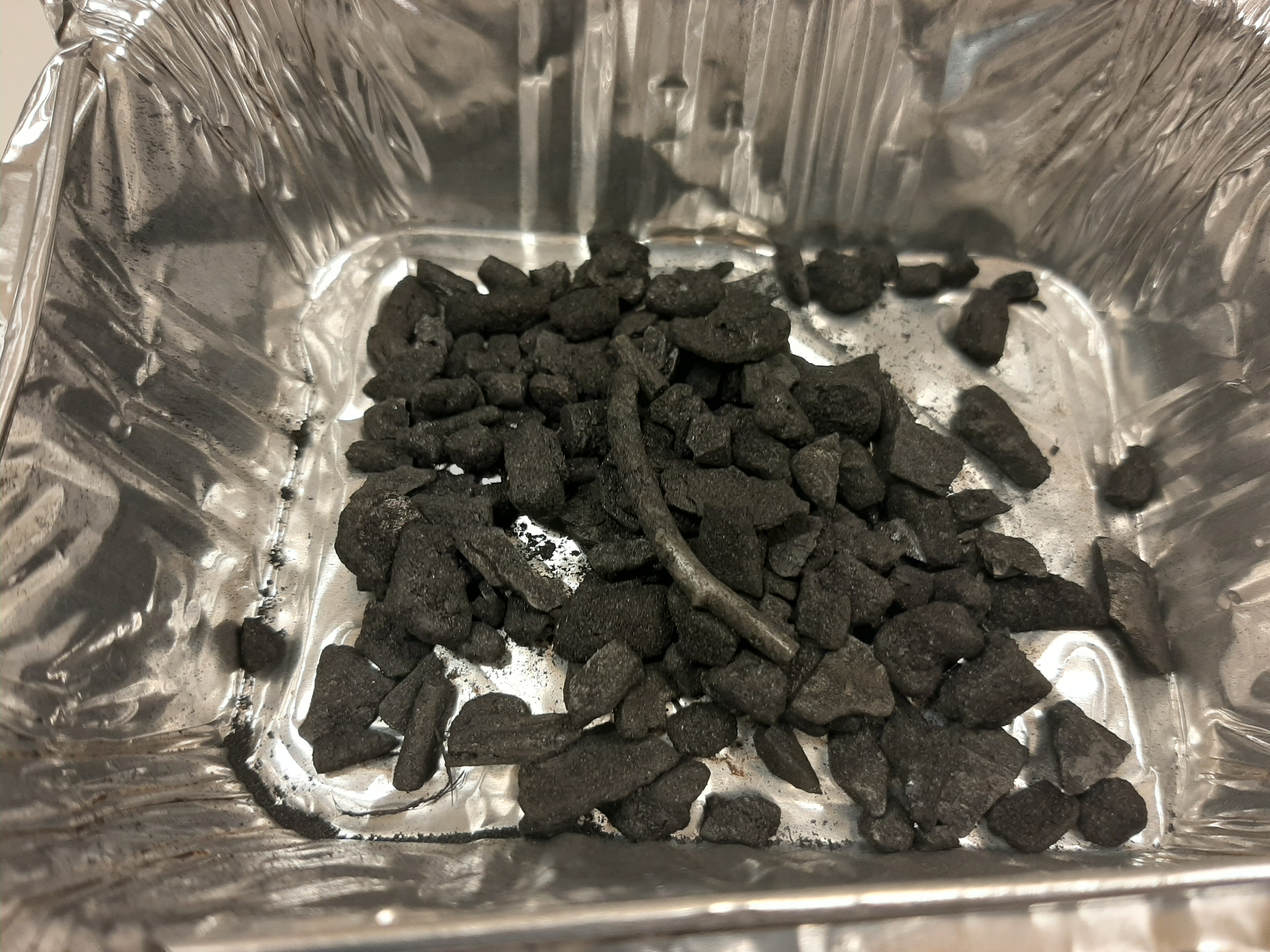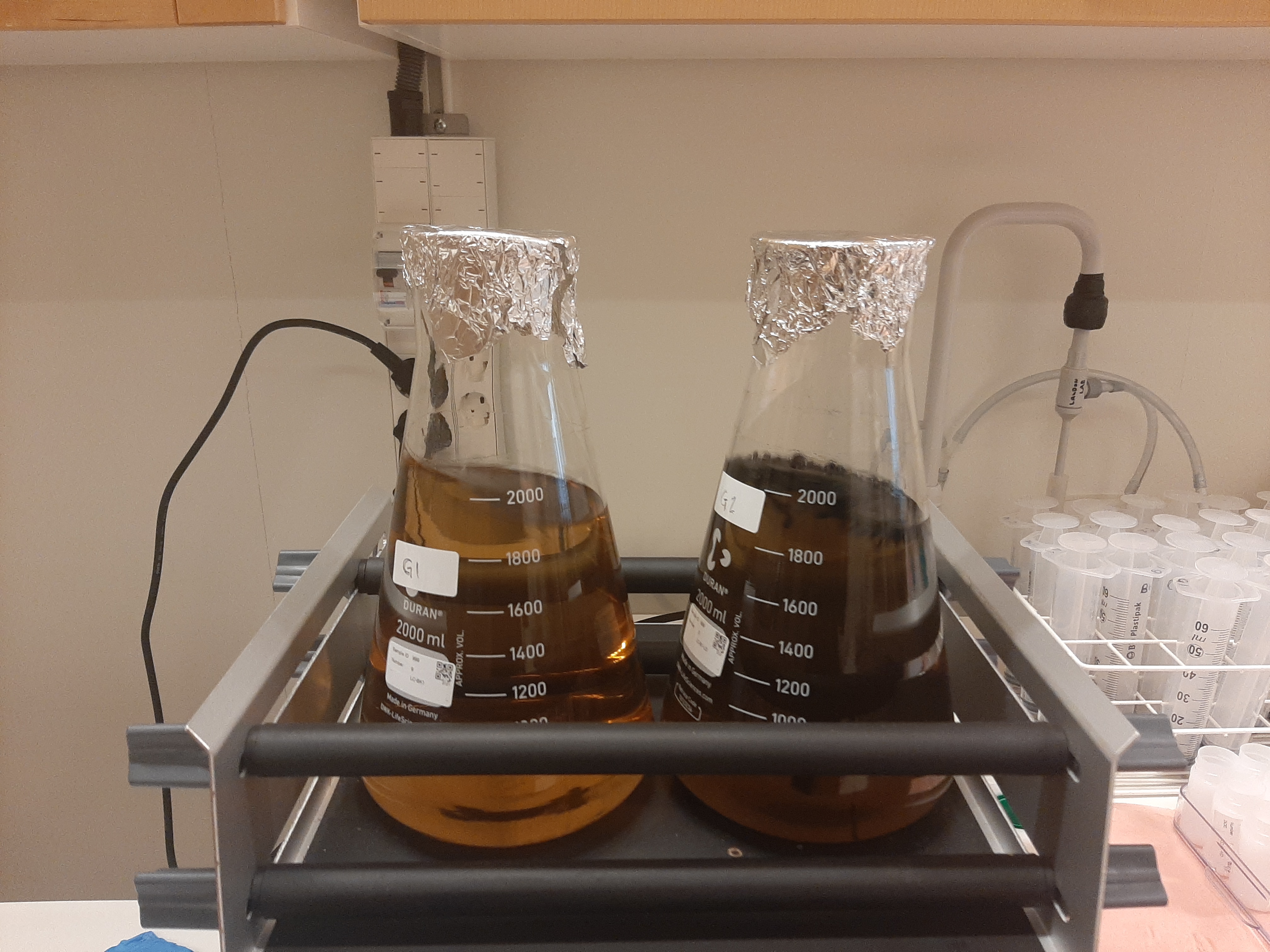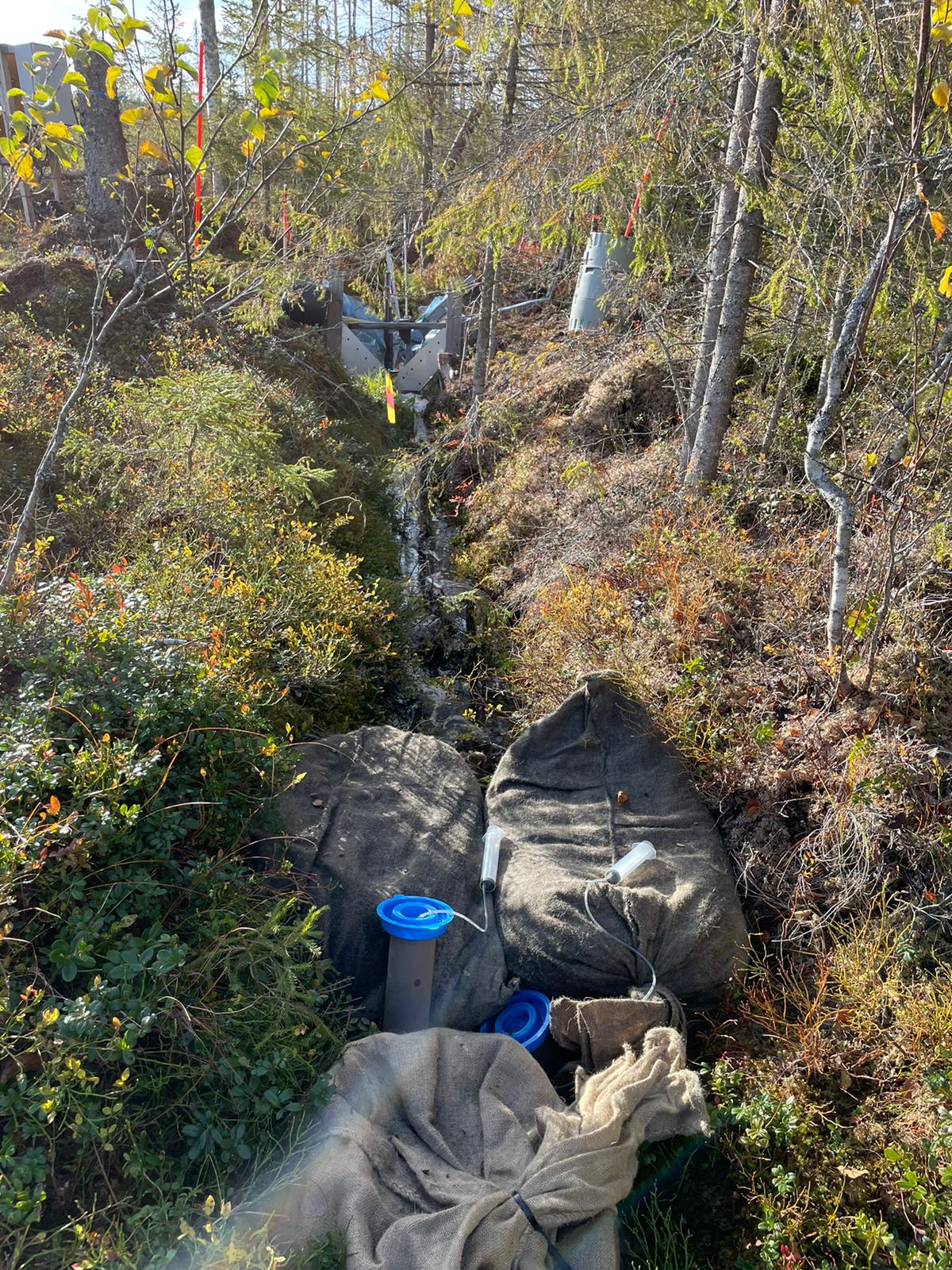Biochar as a potential low-cost tool to mitigate nutrient exports from a managed boreal forest: a laboratory and on-site experiment
 Fifteen million hectares of northern peatlands have been drained for forestry and nearly 50% of these are in Fennoscandia. Ditch cleaning (DC) is generally used to maintain drainage and timber productivity, especially after final felling when groundwater levels rise because mature trees no longer use the water. But, DC can increase the export of sediment and nutrients to downstream waterways, degrading water quality, leading to eutrophication and algae-blooms in lakes. To meet water quality targets set by the EU as well as meet forest biomass production and climate goals, we need new and innovative tools for reducing the impact of DC.
Fifteen million hectares of northern peatlands have been drained for forestry and nearly 50% of these are in Fennoscandia. Ditch cleaning (DC) is generally used to maintain drainage and timber productivity, especially after final felling when groundwater levels rise because mature trees no longer use the water. But, DC can increase the export of sediment and nutrients to downstream waterways, degrading water quality, leading to eutrophication and algae-blooms in lakes. To meet water quality targets set by the EU as well as meet forest biomass production and climate goals, we need new and innovative tools for reducing the impact of DC.
In our project, we tested a potential method of filtering ditch waters in the lab and field using new biochar source materials, or "feedstocks." Biochar is made by heating organic material at high temperatures and low oxygen conditions and can be produced from different organic feedstocks. The ability of biochar to act as a filter depends on, among other things, the dosage and feedstock. In the laboratory, we tested the nutrient adsorption rate and capacity of wood (a mix of 80% pine, 20% spruce and birch) and garden residue (shrubs and branches) biochars in high and low doses. High doses of biochar made from wood removed the most nitrogen (N) and carbon (C) from ditch waters in the lab. Phosphorus (PO4) was released by both types of biochar, but to a lesser extent by the wood-based biochar. Because the wood-based biochar removed more N and C, and minimally affected PO4, we selected this feedstock for testing in field conditions.
In September of 2021, one year after forest harvest and a few days after ditches were cleaned, we installed biochar reactors in four study catchments within the Trollberget Experimental Area (TEA, Figure 1). We filled jute sacks with wood-based biochar and placed them in the ditches. We sampled water ~20 times above and below these biochar reactors until November, when ditches began to freeze. We found that the biochar did remove N and C from the water by up to 7%. Although the percentage removal was statistically significant, it is unclear if this is ecologically significant. Given the relatively low percent removal in the water in addition to the effort to deploy and retrieve the biochar in the field, more work should be done to develop practical ways of building and maintaining biochar reactors. Furthermore, the results from the field study suggest that there is potential for wood-based biochar to be used as a soil amendment to recycle captured nutrients, thus increasing forest production and soil carbon stocks. But, further studies are needed to determine if the N would actually be released from the biochar and become available to trees and furthermore, if the N fertilization effect is worth the effort to deploy biochar reactors in ditches to only reduce N in ditch waters by 7%. At this time, we suggest avoiding ditch cleaning when possible to avoid damages to water quality.

